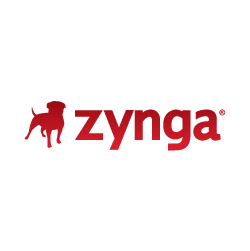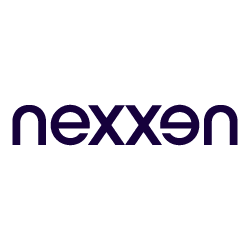Measurement unlocked for media companies
Brand lift for your campaigns, for free

Trusted by leading media companies





Brand Lift built for
media companies
We believe that every media company should have the tools to measure brand on every campaign, for every dollar spent

Self-service solution
Powerful software to help bring brand lift measurement to every customer relationship.

No friction,
no cost
When your margins are protected, you can prove the value of every media dollar spent on your platform.

Scaled measurement
Amplify your operations with flexible, simple-to-use software that’s built for your workflows.
What's included for free
Flexible survey design
Tailor Brand Lift studies to your unique research and customer needs, including custom audience profiling.
Human-led support
Chat with us, engage with our Help Center, watch video tutorials, or speak directly with our experts.
Brand Lift studies
Measure any campaign in the United States with taggable media and without impression limits
AI insights
Leverage our AI-powered reporting readouts to quickly understand the results of your campaigns.
Need more?
Connect brand advertising to digital behaviors across the consumer journey.
Measure non-taggable, cross-platform media and engage with our managed services team.

In their own words
DISQO really helped us to elevate our insights and really prove the value of what we think makes Paramount unique as a publisher.
Jennifer Strapp
VP Audience Impact & Intelligence
Through our partnership, we've been able to build a normative database that allows us to provide context into how our ad products perform at every stage of the purchase funnel. So we're constantly evolving and constantly learning.
Michele Resnick
Senior Director, Campaign Effectiveness
Working with DISQO, we were able to see results that we simply weren’t able to see with the tools we used for previous campaigns. Using DISQO let us understand site visitation, search behavior and brand sentiment in a way that wasn’t otherwise possible.
Jennifer Laing
VP, Operations
Industry insights
- Article
The stakes of big game and tentpole marketing
Tentpole moments, especially the Big Game, concentrate attention and forge memory. They create rare windows where brand building can flow into both equity and action. Because strong advertising behaves less like a verdict and more like a rehearsal, these moments stack. They turn ordinary products into the obvious choice, the one people reach for even when no purchase is urgent.
- Article
How small shifts reveal big impact across the full advertising funnel
Marketers love big numbers, a viral spike, a record-breaking conversion rate, or a chart that shoots straight up. Yet when it comes to advertising effectiveness, the real story of growth is often written in smaller, steadier lines.
A 2-point lift in purchase intent may look like a modest gain. Still, it can represent thousands of new customers, millions in incremental revenue, and a measurable shift in market momentum. Those two points are the difference between being remembered and being chosen.
- Article
- Article
Frequently asked questions
What measurement options does DISQO offer for media companies?
DISQO provides two options: a free self-service Brand Lift solution for taggable media, and managed services for more complex cross-platform and behavioral measurement needs.
What is included in the self-service Brand Lift offering?
How do I choose between self-service and managed services?
Use self-service when you want to scale multiple no-cost Brand Lift studies for taggable media campaigns. Choose managed services when you need custom research, Outcomes Lift, or cross-platform clarity that goes beyond what tags can measure.
Can I still measure Brand Lift with managed services?
Yes. Managed services include Brand Lift as well as Outcomes Lift, with customizable studies designed to match advertiser needs.
Is the free self-service Brand Lift truly no cost?
How quickly can results be accessed?
Both self-service and managed services provide timely reporting. With self-service, results are available directly in your dashboard, including AI-powered readouts. Managed services deliver deeper reporting through expert analysis.
How does self-service work if I’m already a DISQO customer?
You are encouraged to use both solutions in order to fully scale your measurement and provide brand lift studies for every campaign you run. If you’ve already worked with DISQO on complex Brand Lift or Outcomes Lift studies and are interested in trying the self-service solution, reach out to your Customer Success team to get set up.



